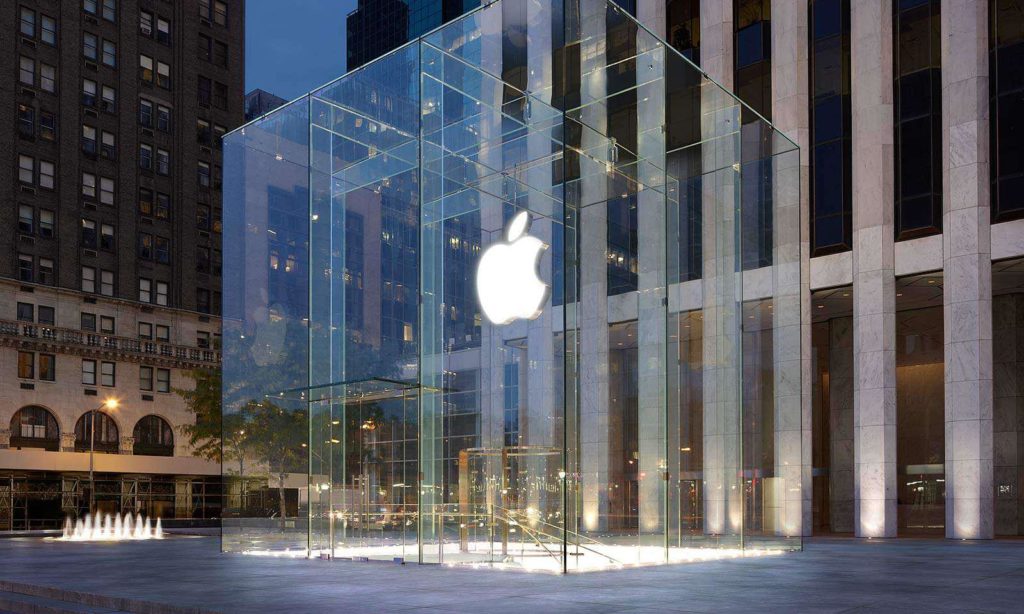7 Things Challenger Brands Do Differently
The following post is an excerpt from Digital@Speed, authored by digital marketing guru Mark DiMassimo. Visit the official website here to download your free copy today.

Apple. Virgin. Southwest. JetBlue. Crunch. Snapple. Groupon. BlueFly. Zappos. The Motley Fool. What do these brands have in common? They’re challengers, and successful ones at that.
They’ve mastered the art of zagging where others have tended to zig. They’ve taken on the goliaths of their industries and come out on top. The truth is, it’s a challenging world out there, and every marketer these days needs to be a successful challenger or go down.
Market leadership doesn’t create an exception. Look at Citibank and IBM, for example. By becoming their own best competition, they’ve looked like ready challengers, reinvented their businesses and continued to grow.
Here’s what challengers do differently:
1) The top dog is INVOLVED. Intimately.
Some folks think the reason they got degrees and big titles was so that they could independently run their own empire. Some of these people are actually pretty smart. But nine times out of ten, this attitude will do them in.
A boss is not a meddler to be avoided. If you were playing chess, you wouldn’t leave your Queen in the background and try to fight it out endlessly with your lesser pieces. Or would you?
Forget the org chart. Every player on the board is on your team. Use them!
If you want to make things happen @speed, you want the least distance between you and your boss. And you want to access the power your boss has to smooth situations and to make good tactical decisions into great strategic initiatives. Plus, you want the power to change things that you’re not personally responsible for, because changing those things will make all the difference in your ability to create success. So, you bring your boss in as a collaborator and ally. As much as possible, you lead hand in hand. It’s the challenger’s way to use every last person.
2) The advertising conversation and the business conversation are THE SAME CONVERSATION.
Don’t separate what you’re doing from why you’re doing it, even for a moment. You never want to be the one saying, “But we failed with work that was on the strategy we were given!” That is a level of responsibility, but it’s the wrong level.
You want to be responsible for the success of the enterprise. You want the brand and business to reach its full potential. You want to use not just your authority but your influence. Because nothing beats being a part of something great and you don’t want to leave that to chance.
In this context, great advertising is advertising that works for the business and brand. It brings the business strategy to life. It creates the connection that reflects the intentions of the business while both suggesting and fulfilling its promise.
This is where experience meets selling meets branding.
3) The work is seen as the ultimate weapon for conquering the competition.
Where is the unfair advantage to be found? You are not in a position to outspend. You’re not going to break the law. Or trying to change it to favor you. But you can pack more power into the product, the packaging, the service, the story, the propaganda. You can be smarter about the technology, the testing strategy, more ingenious and industrious about the optimizations.
You can win it in the marketplace of ideas. So, do that.
4) The brand is seen as a precious asset and the ultimate defensive fortification against copycats and commoditisers.
Challengers build unique brands and they value them above all else. Customers are intensely loved, but they come and go. Employees are highly valued, but the sort who are attracted to a challenger business can only be held by a great brand. A unique culture and point of view is often the only thing to hold onto in the perfect storm of growth.
A brand is armor and a full tank of gas. A brand is everything. And you only need a business to build one!
5) The VISION of the top dog drives the advertising.
Steve Jobs met every other week for intensive sessions with Lee Clow, the creative chairman of his advertising agency. In the most successful challenger businesses, the vision for the brand and advertising comes from the top. No question about it.
That kind of courage and purity of vision can’t be bought. It can’t be outsourced. No committee could sustain it. For a business that has its founder to get the full advantage of that fact, the vision must be owned and driven from the top.
6) The vision of the agency and the vision of the client are complimentary and synergistic.
The mutual inspiration society should include client and agency, vigorous discussions, sharing inspiration, lots of choices, and plenty of going back to the well.
The most sophisticated team wins.
7) Decisions get made in meetings, not just in between.
In big, bloated bureaucracies, meetings only ratify decisions that are made elsewhere. Which is why most people in those places feel that there time is wasted in meetings. Because it is.
But you don’t have time to waste. So you’re not going to protect your own ego or anyone else’s by pretending for a second to agree with what you don’t. You’re going to have real conversations. In front of whoever is there. And when some people complain about that and they try to negotiate with you to stop the open, inclusive, challenging, passionate dialogue, you are going to say, “I understand how you feel. And, no. Absolutely not. Because that would be replacing occasional discomfort with the endless pain of mediocrity and failure. Which you wouldn’t tolerate for long… you’d be gone. So, no! Let’s just agree to be respectful to each other, to put the good of the work first, and to say exactly what is on our minds.”


